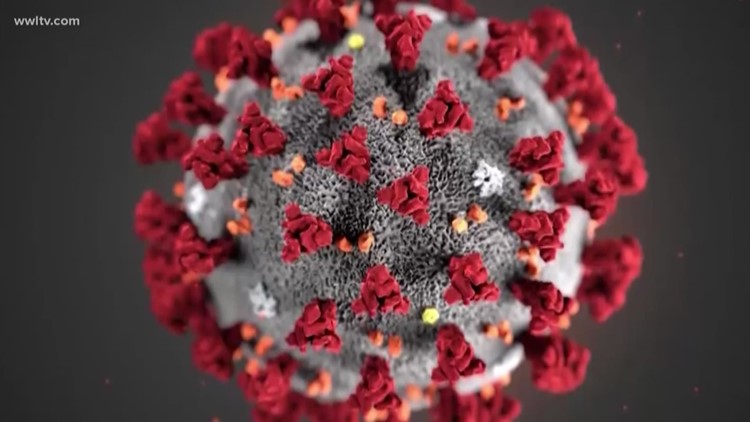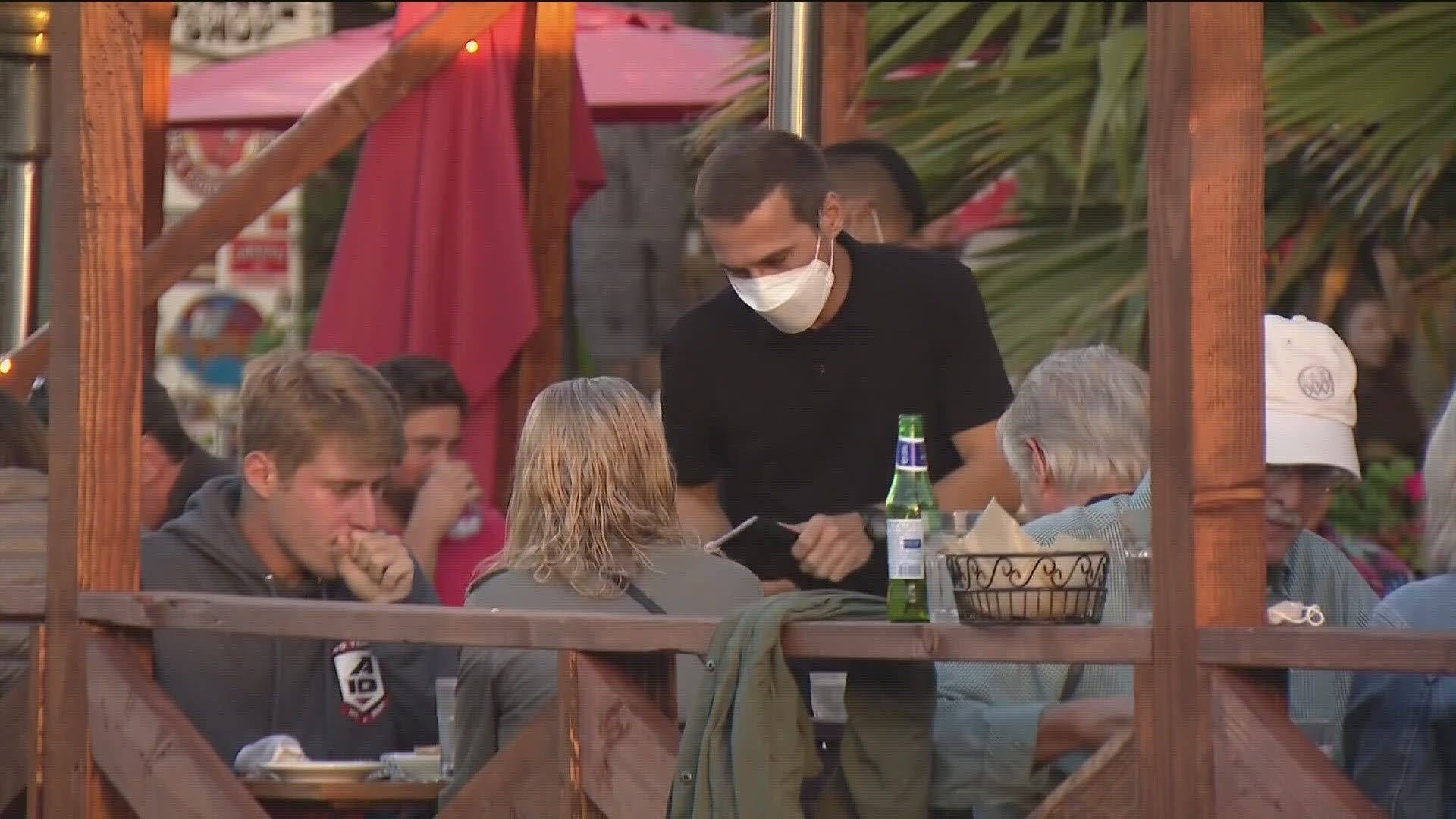SAN DIEGO — The 2019 novel coronavirus originated in Wuhan, China, and initial cases in the U.S. were primarily seen in people who had traveled internationally. As coronavirus spreads, health officials say they expect to see more cases that aren't travel related.
Here's what you need to know about the symptoms of coronavirus, officially called COVID-19, and how it spreads.
Coronavirus symptoms
The symptoms of coronavirus are similar to the flu or a cold. Symptoms include a runny nose, headache, cough, sore throat, fever and a general feeling of being unwell, according to the Centers for Disease Control and the County of San Diego Health and Human Services Agency.
The severity of symptoms ranges significantly. Some cases are very mild with symptoms similar to the common cold, and some cases are more like severe pneumonia that require hospitalization, according to HHSA.
The CDC believes symptoms may appear as soon as two days after being exposed to the coronavirus or as long as 14 days after being exposed.
How coronavirus spreads
Coronavirus is most commonly spread through the air by sneezing and coughing. It can also be spread by close personal contact (within about 6 feet), such as touching or shaking hands, or touching a surface with the virus on it and then touching your mouth, nose or eyes before washing your hands.
However, health officials say the risk to the general public is low.
How can you protect yourself?
San Diego's HHSA recommends these everyday preventive actions to help prevent the spread of respiratory viruses:
- Wash your hands often with soap and water for at least 20 seconds. If soap and water are not available, use an alcohol-based hand sanitizer.
- Avoid touching your eyes, nose, and mouth with unwashed hands.
- Avoid close contact with people who are sick.
- Stay home when you are sick.
- Cover your cough or sneeze with a tissue, then throw the tissue in the trash.
- Clean and disinfect frequently touched objects and surfaces.
These everyday habits can help prevent the spread of several viruses.



